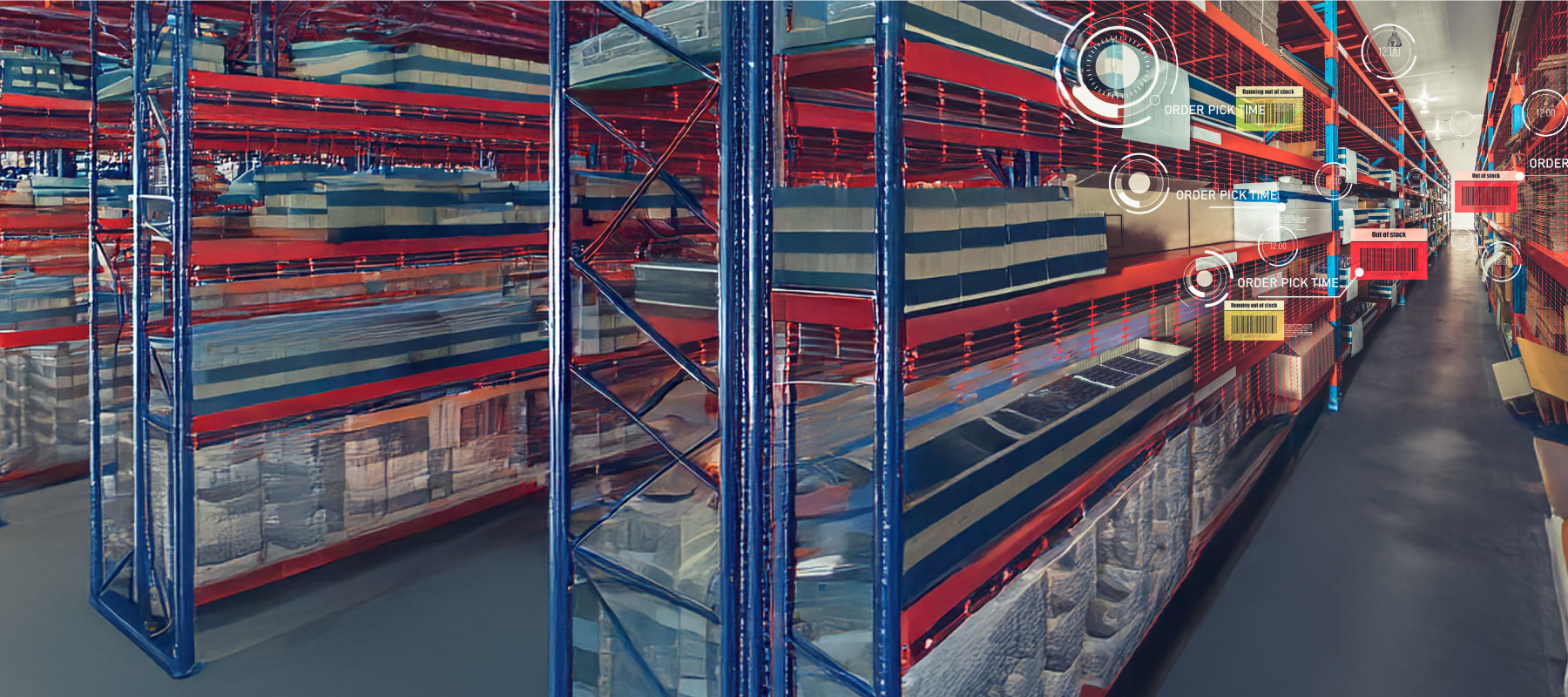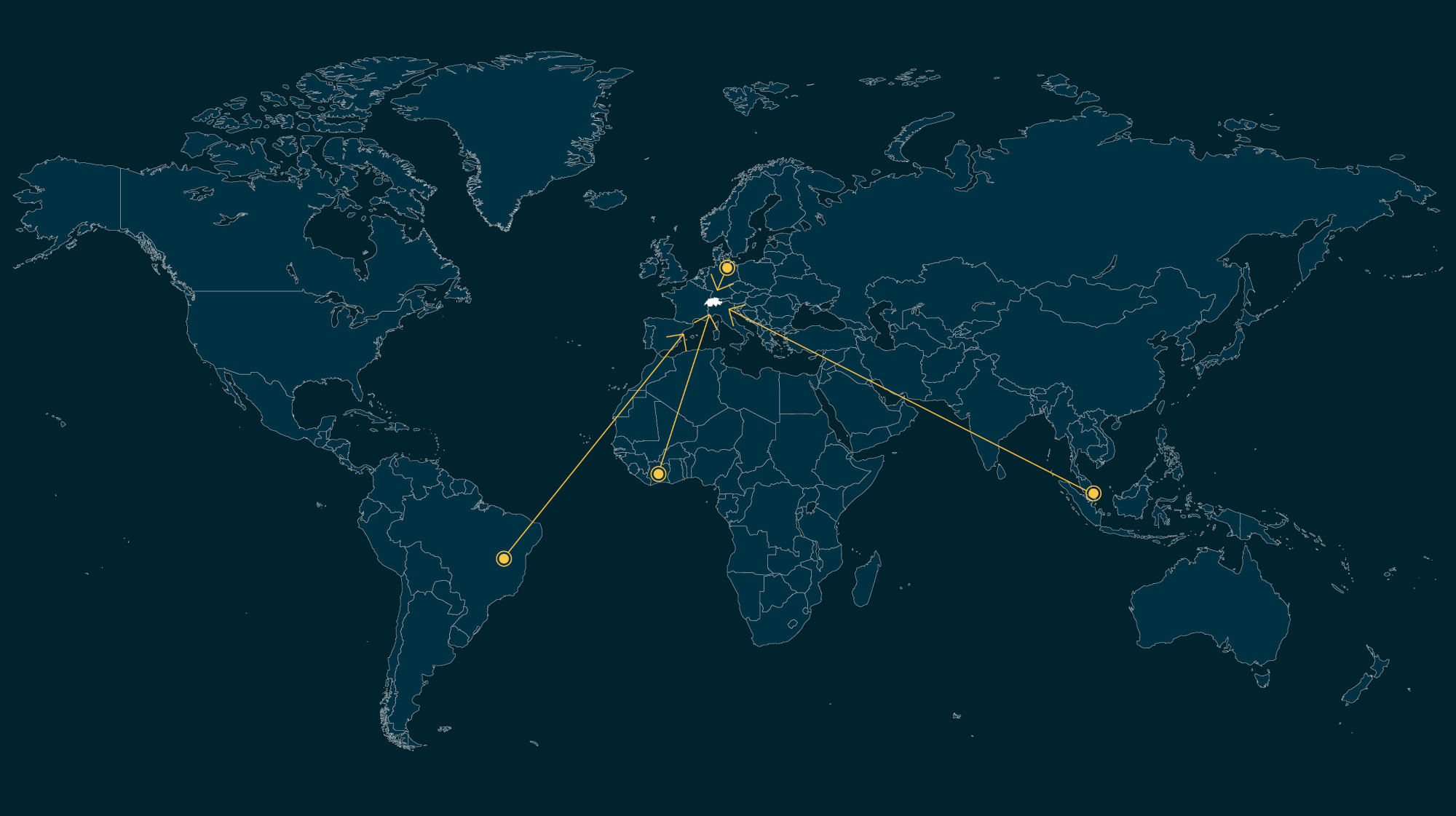Every supply chain executive has had the frustrating experience of witnessing inefficient practices in their fulfillment operations. One of ours was during a tour of a consumer product manufacturers’ distribution center. Workers were carefully taking products that were shrink-wrapped by three, cutting off the plastic film, putting two units in a box and returning the third to storage. The Distribution Center manager, when asked about this seemingly slightly-dangerous and low-added value task, explained that their biggest customer had requested an order minimum of two for this product, even though it arrived from the factory shrink-wrapped by three. Later, upon arriving and the order preparation area, the floor was filled with pallets with only a few boxes on each. Here the manager sheepishly explained that another big customer had requested mono-SKU pallets, despite the wasteful effort and space it required. These were promises made by the sales force without consulting him, and his operating costs were spiraling as a result.
Simple, intuitive and hard
This story is a common one. In an effort to please customers, supply chain services replace price rebates by offering non-monetary benefits in operations. These often take the form of high delivery frequencies, small order multiples, direct-to-store deliveries and customized shipping conditions. Another manifestation may be allowing a customer to engage in inefficient operations practices such as manual ordering rather than EDI, suboptimal delivery slotting, excessive claims or tailored product offerings.
The most well-known approach to try to understand and address this dynamic is Cost-To-Serve. At its core, Cost-To-serve is an application of Activity Based Costing. A company would look at its fulfillment processes from reception, put-away, storage, order treatment, order picking, shipping and eventual returns. Activity keys are selected for each step, for example orders and order lines for order treatment, or pallets and weights for shipping, as a means of breaking down each step into granular activities and their associated costs. Each customer can then be evaluated by tallying up the activities executed on their behalf and the costs this generates. The total is the Cost-To-Serve for that customer.
Cost-To-Serve is one of those supply chain ideas that is so intuitive and the benefits so clear, yet in speaking to supply chain executives we have seen that in fact it is rarely applied in a sustainable, repeatable way.
The first hurdle to Cost-To-Serve – as is the case for many analytical approaches – is in securing reliable, clean data from which to start the analysis. The basic required data of number of orders, order lines, units per line, type of picking and shipment type and cost seem reasonable enough. Yet one partner at a major supply chain consulting company told us that even in mature, large companies that have invested extensively in ERP (Enterprise resource planning) getting satisfactory data sets is difficult, and almost impossible to do so repeatably. One key reason is the multitude of sources required for the source data: WMS (Warehouse Management System), CRM (Customer Relationship Management), and TMS (Transportation Management System) to name a few. These are often discrete applications in a larger ERP footprint.
From there, managerial questions can bog down a Cost-To-Serve initiative. Disagreements can arise about what data to include as supply chain costs, for example the value of returned goods, or what activity key truly drives the cost of a given task. Some companies use a notion of ‘logistics rebate’ in place to capture the difference in fulfillment costs with different consumers. Its utility would be that the more the cost to serve a customer is optimized, the higher the rebate offered to the customer. We spoke to one consumer goods market leader who adds the logistics rebate to their internal supply chain costs, reasoning that lost revenue due to the rebate is an equivalent to logistics avoided. However, our impression is that this company’s sophistication in implementing the logistics rebate is an exception, and that most companies have allowed the logistics rebate to be polluted by other commercial variables and no longer reflects the true Cost-To-Serve.
There is a temptation to try to resolve this by implementing dedicated Cost-To-Serve tools, but that does not address these issues, or the need for buy-in from senior management to change underlying behaviors. However, when Cost-To-Serve is part of a larger effort to capture the full cost of doing business with a customer, including other expenses like trade and merchandising, these friction points can be avoided (Freeman, Blair, et al. “Managing your cost-to-serve.” Supply Chain Forum: An International Journal. Vol. 1. No. 1. Taylor & Francis, 2000.)
In one egregious example of the need for senior management sponsorship, we spoke to one company that was incurring elevated handling and transportation costs to deliver promotional displays to large retail accounts direct-to-store rather than through the usual customer DC. After much investigation, the supply chain manager discovered that it was the marketing team that insisted on the direct deliveries. The later shipping dates allowed marketing more time to define the promotional materials, and they were not concerned with the associated supplemental supply chain costs. Senior management intervention is often needed to resolve cross-functional situations like this that are exposed by cost-to-serve analyses.
Folding Cost-To-Serve into a broader managerial analysis can help overcome other potential obstacles. Looking back to our opening example, many supply chain cost drivers can be explained by the sales force promising services without bearing accountability for the costs they generate. Once these services are in place, it is a sensitive negotiation to return to the customer and claw them back. A full customer Profit and Loss approach, of which Cost-To-Serve is just one element, can help mobilize management to address the root causes of supply chain inefficiencies. The supply chain consulting partner we spoke to echoes this view. “The tradeoffs between distribution efficiency and commercial costs are difficult to quantify. On top of that, the impacts of changes are hard to simulate in terms of changes to the DC footprint, transportation costs or in the case of omni-channel, the amount of returns.”
These challenges were confirmed by the head of the Cost-To-Serve initiative for another consumer goods company. This company is experiencing difficulty rolling out a sustained Europe-wide program. “We’ve only had success where there was a passionate champion for the project. But there is too much turnover in the supply chain and on the business side to maintain the analytics, much less get to root causes and remedies.”
Omni-Channel impacts
However, he offered the insight that omni-channel risks to be an inflection point for Cost-To-Serve. “The rise of omni-channel changes the order portfolio, driving up costs and complexity. We are being challenged to explain the increased costs just as senior management is trying to determine the true profitability of our omni-channel business.” Perhaps the advent of omni-channel will drive a willingness to push cost-to-serve efforts forward.
Countering that positive view of the influence of omni-channel, the supply chain consulting partner has found that omni-channel’s impacts are more negative. “With many of our clients, omni-channel is not a choice so we have to ‘go’ anyway, and prioritize implementing and execution. It’s a logic of desperation as much as it is of strategy.”
Even the champions are feeling the pressure of execution costs. Amazon just announced, for the first time, that the cost of Amazon Prime will increase by 20%. In fact, in the first quarter of 2018, Amazon’s shipping costs as a percentage of sales increased 260 basis points, helping to explain their first-ever increase in Prime membership rates. Yamato, the Japanese logistics company supporting Amazon in Japan, has announced its first shipping rate increase in 27 years, in large part due to the complexities brought on by the rapid rise of omni-channel sales.
Take aways
The basics can be hard to do, and Cost-To-Serve would seem to be a fundamental, essential practice. But the realities of extracting data, complex ERP and management commitment can impede even the most foundational analysis. ‘Going digital’ with Supply Chain 4.0 tools will not help this old-school problem. The solution lies in disciplined application of data management along with clear sponsorship from senior management to address the identified root causes of supply chain inefficiencies.
The increasing cost pressures being brought to bear by the desire to meet the expectations of omni-channel may force companies to look at their operations differently, and generate a readiness to call into question these business drivers. If the supply chain is truly to be an element in the formation and implementation of business strategy, then only analyses done through the lens of business practices can lead to true understanding of the underlying root causes of cost drivers and paths to improvement.
Ralf Seifert is Professor of Operations Management at IMD. He directs IMD’s new Digital Supply Chain Management program, which addresses both traditional supply chain strategy and implementation issues as well as digitalization trends and new technologies.
Richard Markoff is a supply chain researcher, consultant, coach and lecturer. He has worked in supply chain for L’Oréal for 22 years, in Canada, the US and France, spanning the entire value chain from manufacturing to customer collaboration.









